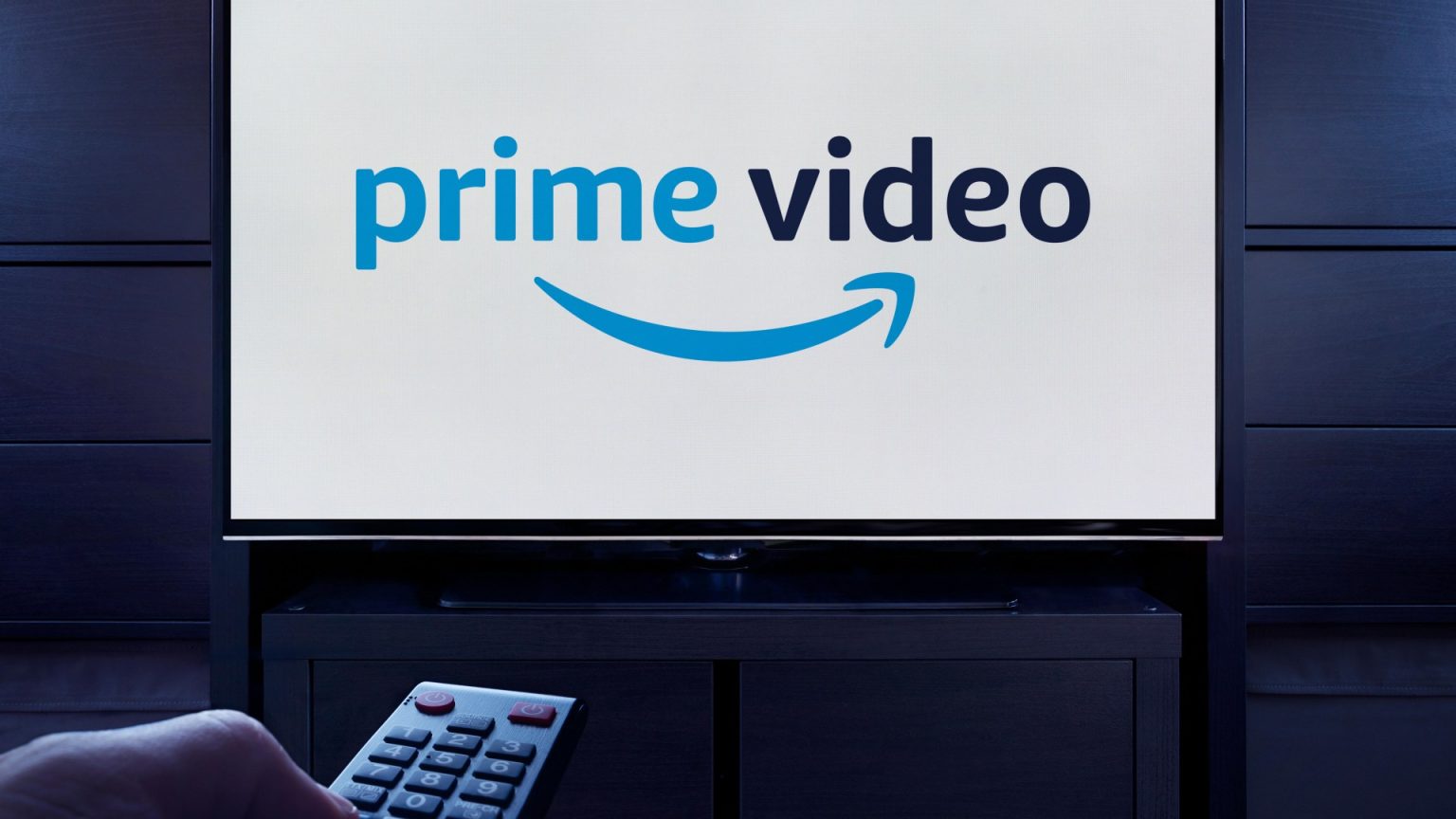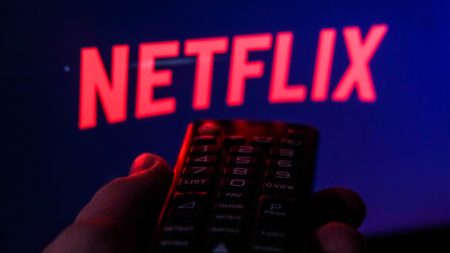Certainly! Below is a summary of the content you shared, presented in a concise and organized format:
—
The shift in Prime viewing habits toward increasing ad exposure is a significant regulatory and consumer concern. As Prime viewers, this change could lead to an increase in advertisements per hour, potentially blending with cable TV. Before, Prime viewers were typically shown ads averaging two to three minutes per hour, but now, sources reported, the duration has gradually increased to four to six minutes. AdWeek sources said that the number of ads increases “gradually,” with sometimes even double the volume (and higher than normal loudness). Amazon, the company behind Prime, was responding by emphasizing the commitment to improving ad experiences rather than simply boosting ad numbers.
Critics argue that frequent ads, though less noticeable, can interfere with viewers’ ability to connect with the content and make decisions. With ads doubling the ad time frame, users are now in a limbo of almost seeing primefeed every time, fearing cancellation if they are not satisfied with the ads. While demand for Prime has been growing, critics warn that incremental costs to Prime viewers are outweighing the savings in advertising. This aktualies the issue of why Prime viewers are shell hunting for more when it seems to be “doubting CONTROL” over the ads.
Some users have already raised concerns, with one mentioning that ads are now “timeout-limited,” making it harder for viewers to manage the ad experience. They also describe ads as “tremendously loud” and “hampered” by the need to mute them repeatedly for better quality. Another user expressed frustration over “taking and squeezing as much as possible,” imagining feeling the hedgestop too long, thus fearing to cancel. A third even Phoneticverts that the ads consumers watched were worse, to the point that they seeking to cancel.
This new wave of ads could have real consequences. Ag HERE one, across various streaming platforms, there have been advancements in free streaming services. Teams like Sky and platforms such as UKTV and Sony have emerged, offering access to high-quality content through the same prime network but on filters for free. This censorship of the past now gives way to a new reality, where viewers have more callers looking to bypass the ads to directly watch the shows and movies ad-free. This shift is causing a widespread concern, as free streaming services have already lowered their prices, potentially undermining the urgency of ad-free viewing.
Moreover, this move is prompting a debate about the balance between better ad experiences and quality viewer experiences. Some suggest that premium unauthorized filters are ensuring a better viewing experience, while others argue that the cost of ad purchases should remain in line with the premium viewing experience. Still, the shift away from ad-centric Prime viewing could lead to a wider range of choices and ultimately strain the Prime viewing platform, which could face harsh competition from other services looking to usher off ad insists.
In the long term, the movement toward more unrestricted ad viewing in Prime could face more serious challenges, including declining viewership and the replacement of Prime with free streaming services. This is a crucial shift in the context of digital content consumption, where tv and movies have become increasingly disrupted by the ad race. The new era has brought viewers back to Prime, but with a new reality, and this concern of ad management is relevant for both consumers and regulators. The shift in Prime viewing habits is a significant regulatory and corporate challenge, impacting viewers who previously relied heavily on Prime-filtered shows. As the world moves toward sprinting to the edge of the ad-dominated world, the future of Prime viewing may be far from bright.











